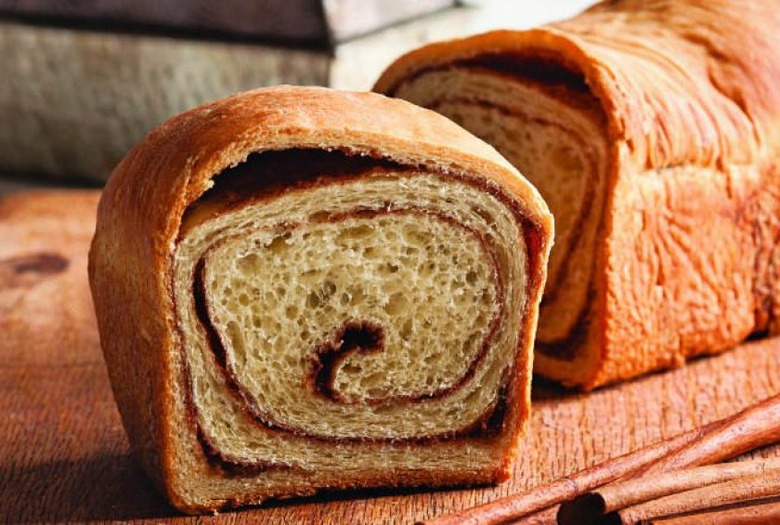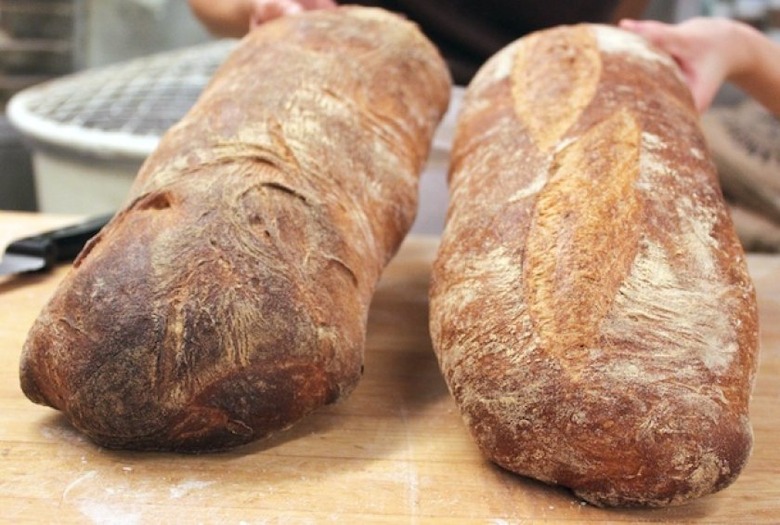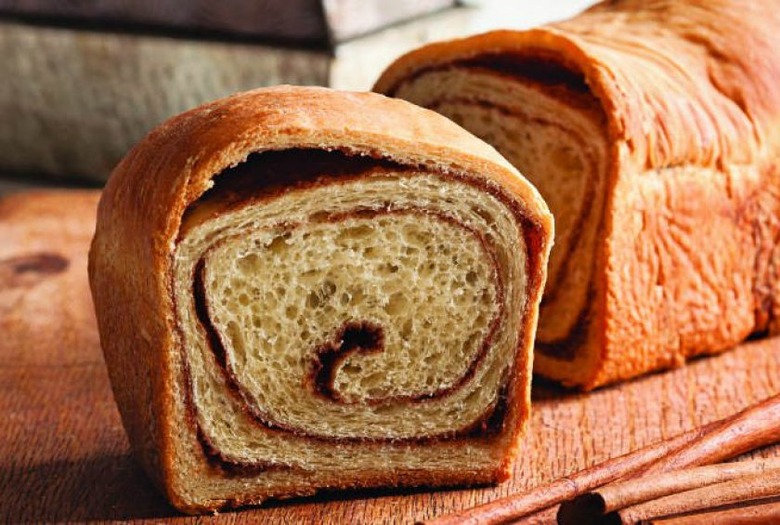Yes, You Can Make Bakery-Quality Bread At Home
Yes, You Can Make Bakery-Quality Bread at Home
Basic bread is composed of four simple ingredients: flour, water, yeast, and salt. That's all it takes. Yet even though the ingredient list is simple, the process isn't always that easy.
Professional bakers have made bread-baking into a science, but bread is fickle and extremely responsive to its environment. Even if you use the exact same recipe every time, on any given day dough can be too hot, too cold, too wet, too dry, over-mixed, under-mixed — heck, bread dough is so temperamental that it's even affected when it's raining outside (and really affected if you live at high altitude).
In professional bakeries, all the factors that can affect bread making are well-regulated, and people who make bread for a living know how to deal with any eventuality. For the home baker, though — and especially one who doesn't make bread regularly — producing consistently good bread can be a real challenge. There are, however, some things you can do to increase your odds of success.
Click here for tips on how to make bakery-quality bread at home.
Water First
Add the water (some recipes call for milk or buttermilk) into the mixing bowl before the flour. This is the best way to avoid lumpy pockets of dry flour when you are mixing the dough.
Watch the Temperature
Yeast is activated in warm water, and the warmth of water in the dough helps it to rise. That said, if the water temperature is too hot it can kill the yeast, rendering it useless and leaving you with dense, flat bread.
The ideal temperature of bread dough is 74–77 degrees F.
Recipes usually just call for "warm water," and we instinctively test the water temperature with our hands. The problem is that our bodies run a temperature of 98.6 degrees F, so "warm water" to us can actually be more than 100 degrees F. This is too hot for bread. It is best to use a thermometer and add water that is in the 74–77-degree range. To your hand, this will feel tepid.
Salt Last
Yeast doesn't like salt. In fact, salt actually inhibits yeast activity. When you first start to make the dough, activate the yeast with warm water and sugar until the yeast becomes bubbly, and then add the salt along with the flour.
Don’t Be Afraid of Salt
Ever had bread that tastes like cardboard? Salt is extremely important in bread-baking to create flavor — there are only four ingredients, after all. Taste the raw dough when you are mixing; you'll be able to tell if its needs a little extra salt before it bakes.
Work That Gluten
Gluten bonds in bread are created through agitation, or kneading the bread. In order for bread to rise and bake properly, the gluten in the flour needs to be activated through vigorous working of the dough. This is arduous work and takes time; it is a step that is often rushed.
In most cases, if the dough looks shaggy or breaks apart when you pull on it, keep working. You want smooth, elastic dough before moving on to the rise.
Be Patient
Don't rush the mix, the rise, or the bake. Good bread takes time because here time = flavor.







